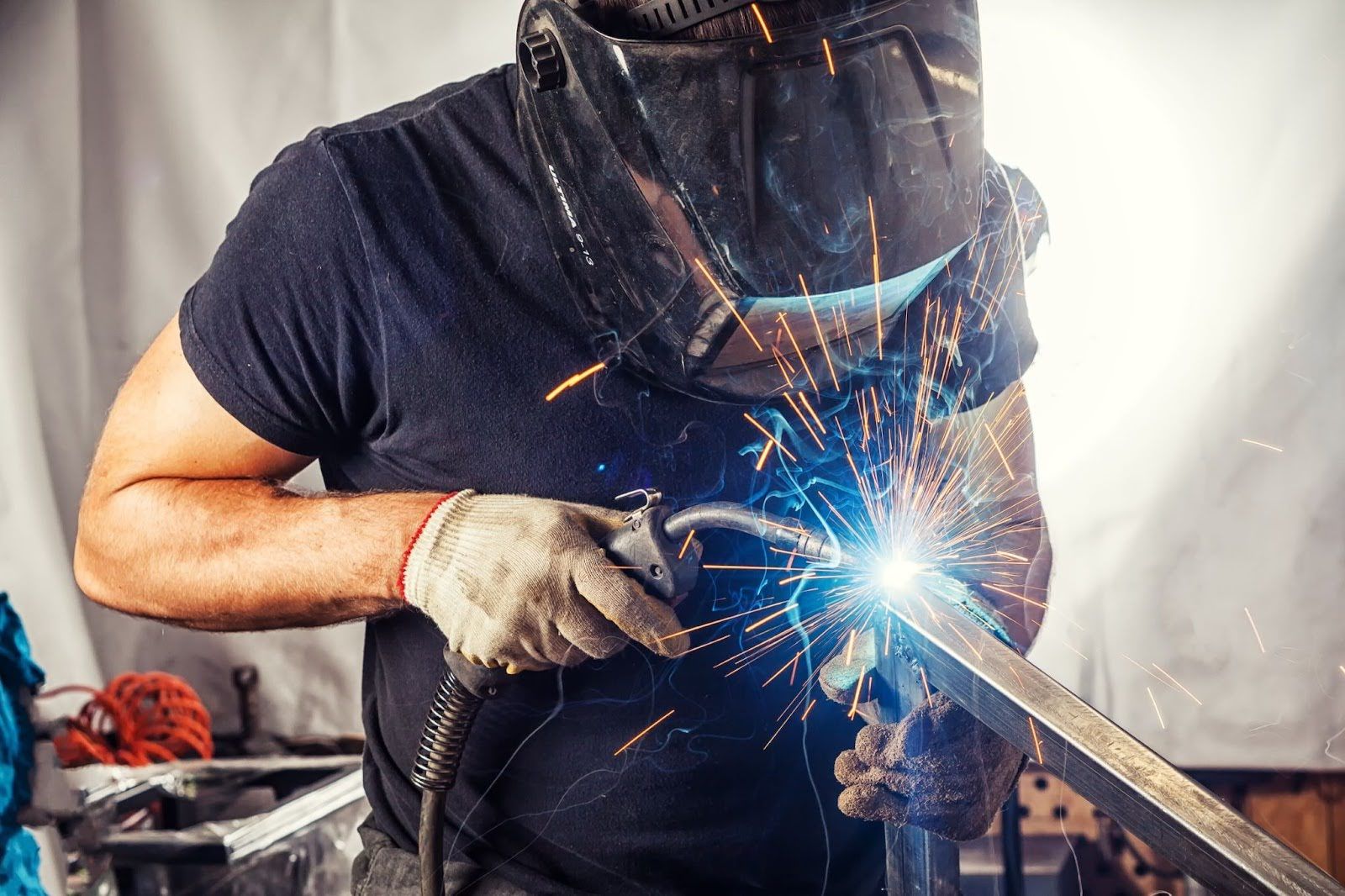Step-by-Step Guide to Preventing Weld Undercut in Different Metals
Step-by-Step Guide to Preventing Weld Undercut in Different Metals
Blog Article
Grasping the Art of Welding: How to Stay Clear Of Undercut Welding Issues for Flawless Fabrication Outcomes
Performance and precision are vital worldwide of welding, where also the tiniest flaw can jeopardize the architectural integrity of a made item. One usual challenge that welders face is damaging, a defect that can damage a weld joint and lead to costly rework. By comprehending the origin of undercut welding and executing reliable methods to stop it, welders can elevate their craft to new degrees of quality (Preventing weld undercut). In the search of perfect construction outcomes, mastering the art of welding to avoid undercut concerns is not simply a skill however a necessity for those making every effort for excellence in their job.
Recognizing Undercut Welding

To protect against undercut welding, welders ought to guarantee proper welding specifications, such as readjusting the current, voltage, travel speed, and keeping the correct electrode angle. In addition, using the appropriate welding strategy for the specific joint configuration is crucial. Employing weaving movements or backstepping strategies can assist make sure appropriate weld steel deposition and lower the possibility of undercut formation. Routine inspection of welds during and after the welding process is likewise crucial to catch any kind of undercut very early and make necessary modifications to stop additional flaws. Preventing weld undercut. By recognizing the sources of undercut welding and implementing safety nets, welders can attain top notch, structurally audio welds.
Reasons For Undercut in Welding
Recognizing the aspects that contribute to undercut in welding is vital for welders to produce top quality, structurally sound welds. Insufficient welding existing or wrong welding rate can also add to damage. Understanding these causes and applying proper welding strategies can assist avoid damaging issues, making certain sturdy and strong welds.
Methods to Avoid Undercutting

To minimize the threat of undercutting in welding, welders can employ critical welding strategies intended at enhancing the high quality and honesty of the weld joints. Additionally, using the right welding technique for the particular joint arrangement, such as weave or stringer grains, can add to lowering damaging.
Using back-step welding methods and regulating the weld bead account can also aid disperse warmth uniformly and decrease the risk of undercut. Normal assessment of the weld joint during and after welding, as well as carrying out quality assurance actions, can aid in attending to and spotting undercutting problems promptly.
Importance of Appropriate Welding Criteria
Selecting and maintaining proper welding criteria is important for achieving successful welds with very little flaws. Welding parameters describe variables such as voltage, present, take a Preventing weld undercut trip rate, electrode angle, and securing gas flow rate that directly affect the welding process. These criteria need to be very carefully adjusted based upon the sort of material being welded, its density, and the welding technique used.
Appropriate welding parameters make sure the correct amount of you can try these out warmth is put on thaw the base metals and filler product evenly. If the criteria are set expensive, it can lead to excessive heat input, causing burn-through, spatter, or distortion. On the various other hand, if the specifications are as well low, incomplete fusion, absence of penetration, or undercutting may happen.
Quality Control in Welding Procedures

Verdict
Finally, grasping the art of welding calls for an extensive understanding of company website undercut welding, its reasons, and techniques to stop it. By making certain appropriate welding criteria and applying quality control methods, perfect manufacture outcomes can be achieved. It is important for welders to constantly pursue excellence in their welding procedures to stay clear of undercut concerns and generate high-grade welds.
Undercut welding, a common issue in welding procedures, occurs when the weld metal does not appropriately fill up the groove and leaves a groove or depression along the bonded joint.To prevent undercut welding, welders should guarantee appropriate welding specifications, such as adjusting the current, voltage, traveling speed, and keeping the correct electrode angle. Insufficient welding inaccurate or current welding rate can likewise add to damage.To mitigate the threat of damaging in welding, welders can employ strategic welding techniques aimed at boosting the quality and integrity of the weld joints.In verdict, mastering the art of welding calls for a thorough understanding of undercut welding, its causes, and strategies to prevent it.
Report this page